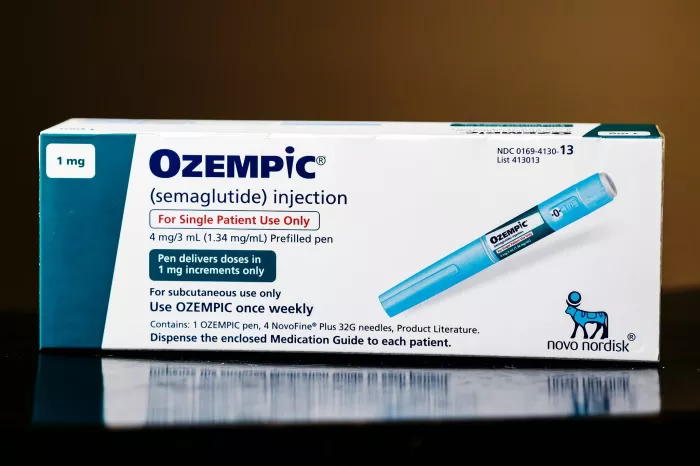Marks and blemishes on the nose are a common concern for many people. Whether caused by acne scars, dark spots, pigmentation, or redness, these marks can affect confidence and overall appearance. In recent years, nose mark removal creams have become popular as a non-invasive solution to help fade or eliminate these imperfections. But how effective are these creams? What ingredients do they contain? And what should users expect when using them? This article offers a detailed, vivid introduction to nose mark removal creams, explaining how they work, their benefits, limitations, and tips for best results.
Many people prefer topical creams because they are easy to use, accessible, and less costly compared to clinical procedures like laser therapy or chemical peels. However, the market is flooded with numerous products claiming to remove nose marks quickly and permanently. This can make choosing the right cream confusing. To help you make informed decisions, we will discuss the science behind these creams, how skin marks form, and which ingredients have proven results. Whether you want to reduce redness, fade dark spots, or smooth out acne scars, understanding how these creams work is essential for achieving your skincare goals.
What Causes Marks on the Nose?
Before diving into creams, it’s important to understand why marks appear on the nose in the first place. The nose is part of the face that is frequently exposed to the sun, environmental pollutants, and physical irritation. These factors can cause several types of marks, including hyperpigmentation, acne scars, and redness.
Hyperpigmentation occurs when the skin produces excess melanin, the pigment responsible for skin color. This can be triggered by sun damage, inflammation, or injury. On the nose, dark spots often develop after acne heals or from prolonged sun exposure.
Acne scars are another common source of marks. When pimples or cysts damage the deeper layers of the skin, they can leave behind scars that appear as raised bumps or indentations. Because the nose has a complex structure with oil glands, it can be prone to acne and subsequent scarring.
Redness or broken capillaries on the nose may also cause visible marks. These can result from skin conditions like rosacea or from irritation due to harsh skincare products or frequent touching.
Knowing the type of mark is crucial, as different causes require different treatment approaches. Some marks respond well to creams, while others may need professional interventions.
How Do Nose Mark Removal Creams Work?
Nose mark removal creams work primarily by targeting the skin’s pigmentation, texture, or inflammation. Depending on the product, they may contain active ingredients designed to lighten dark spots, promote skin renewal, or reduce redness.
Many creams focus on inhibiting melanin production to fade hyperpigmentation. Ingredients like hydroquinone, kojic acid, arbutin, and vitamin C are common for this purpose. These agents interfere with the enzyme tyrosinase, which plays a key role in melanin synthesis, gradually lightening pigmented areas over time.
For acne scars and uneven skin texture, creams often include exfoliating agents like alpha hydroxy acids (AHAs) and beta hydroxy acids (BHAs). These acids help shed dead skin cells and stimulate new cell growth, smoothing out rough patches and reducing the appearance of scars.
Anti-inflammatory ingredients such as niacinamide and green tea extract help calm redness and reduce skin irritation. Some formulations also contain moisturizing agents to support the skin barrier and improve overall skin health.
It’s important to note that most nose mark removal creams require consistent, long-term use to see results. They work gradually and gently, making them safer than aggressive treatments but also slower to act.
Choosing the Right Cream for Your Nose Marks
With so many options on the market, selecting the right cream can be overwhelming. The key is to choose a product that matches your specific skin concerns and type.
If dark spots are your main issue, look for creams with proven skin lightening ingredients like hydroquinone or vitamin C. These can help brighten the skin and fade pigmentation. However, some of these ingredients may cause irritation, especially for sensitive skin, so patch testing is recommended.
For acne scars, creams containing AHAs like glycolic acid or BHAs like salicylic acid can be effective. These ingredients not only improve texture but also help prevent new acne by keeping pores clear.
If redness or inflammation dominates your nose marks, products with soothing ingredients such as niacinamide or aloe vera are beneficial. These can reduce irritation and strengthen the skin’s natural barrier.
In addition to active ingredients, consider your skin type. Oily skin may benefit from lighter, oil-free formulas, while dry skin needs creams with added hydration.
Finally, be cautious about products making unrealistic promises or using harsh chemicals that can damage your skin.
How to Use Nose Mark Removal Creams Safely and Effectively
Proper application and consistent use are essential for getting the best results from nose mark removal creams. Start by thoroughly cleansing your face to remove dirt and oil. Apply a small amount of cream directly on the affected marks, gently massaging it into the skin until absorbed.
Most creams are intended for daily use, often once or twice a day, but always follow the instructions on the product label. Avoid applying too much cream, as this can cause irritation or sensitivity.
Sun protection is critical when using these creams. Many active ingredients increase your skin’s sensitivity to sunlight, which can worsen pigmentation if exposed. Always apply a broad-spectrum sunscreen with at least SPF 30 during the day and limit direct sun exposure.
Be patient—visible improvement can take several weeks to months. If irritation occurs, reduce application frequency or discontinue use and consult a dermatologist.
Combining creams with a healthy skincare routine, including gentle cleansing and moisturizing, enhances results and maintains skin health.
When to Seek Professional Help for Nose Marks
While nose mark removal creams can be effective for mild to moderate marks, some cases require professional evaluation and treatment.
Deep acne scars, stubborn pigmentation, or marks caused by underlying skin conditions may not respond well to topical creams alone. Dermatologists can offer treatments like chemical peels, microdermabrasion, laser therapy, or microneedling, which work more intensively to resurface the skin and promote regeneration.
If you notice sudden changes in your skin, such as rapidly growing or changing marks, it’s important to seek medical advice to rule out serious conditions.
Professional guidance also ensures safe and personalized treatment plans, especially for sensitive or problematic skin types.
Conclusion
Nose mark removal creams provide a convenient and non-invasive way to address common skin imperfections like dark spots, acne scars, and redness on the nose. With the right ingredients and consistent use, they can gradually improve the appearance of marks and boost confidence.
However, it’s important to have realistic expectations. These creams take time to work and may not completely erase deep or severe marks. Proper use, sun protection, and a good skincare routine are essential for best outcomes.
For persistent or severe marks, professional treatments can offer more dramatic results. Consulting a dermatologist can help determine the most suitable approach based on your skin’s needs.
In summary, nose mark removal creams can be a valuable part of your skincare arsenal, but success depends on choosing the right product and using it wisely. If you are ready to start your journey to clearer skin, understanding how these creams work and what they can do for you is the first step toward healthier, more radiant skin.
Related Topics































